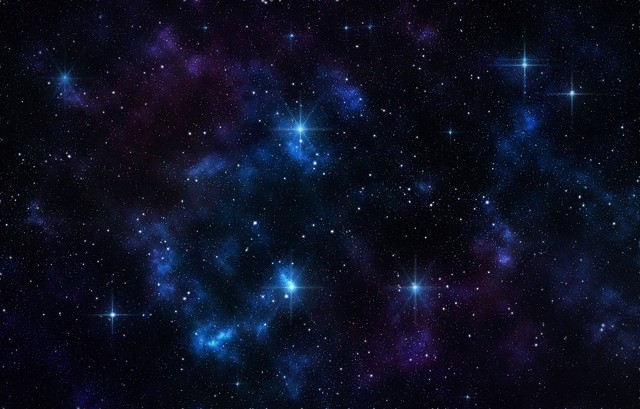
Space contains the largest alcohol molecule ever found, responsible for star formation, not only hydrogen gas. It shows that space has alcohol molecules with dust and gas in microscopic molecules. Propanol is out there in the cosmos and does more than float around as well out there.
Two Forms of Propanol Present in Space
Propanol molecules can be found in two forms or isomers, discovered through observations like normal-propanol, found for the first time in a star-forming region, and iso-propanol, which is the primary component of hand sanitizer and is not seen in interstellar form, reported Science Alert.
These discoveries should provide insight into the formation of stars and other celestial objects like comets.
According to astrochemist Rob Garrod of the University of Virginia, detecting both isomers of propanol is hugely powerful in deciding the mechanism of formation of each.
Also, both are similar to one another and act the same way, leading to the conclusion that both can exist non-distinctly at the exact moment.
The only question to ask is how much is there in space, and this is the interstellar ratio that would be the case for other molecular pairs. Furthermore, the chemical network can be tweaked to allow particular processes to form stars in particles and hydrogen.
Read Also : Scientists Have Detected a Rogue Black Hole in the Milky Way Galaxy as a Terrifying Object in the Universe
The one place these chemical cocktail molecules are found with the largest alcohol molecule propanol in star formation nurseries found in the regions of space called Sagittarius B2 (Sgr B2).
It is near the center of the Milky Way Galaxy near Sagittarius A* (Sgr A*), a supermassive black hole that the galaxy surrounds.
Atacama Large Millimeter/submillimeter Array Telescope
It took 15 years to analyze these molecules in deep space, although the construction of the Atacama Large Millimeter/submillimeter Array (ALMA) telescope in Chile about a decade ago changed things. It allowed more precise observations, noted Nation World News.
ALMA has a higher resolution and sensitivity, allowing researchers to identify previously invisible molecules.
The ability to separate the specific radiation frequency emitted by each molecule in a crowded region of space like Sgr B2 is critical in calculating what's out there.
Physicist Holger Müller from Germany's University of Cologne had some input that stated as molecules got large, they produced more spectral lines from multiple frequencies it makes.
Sources like Sgr B2 overlap the spectrum, with numerous molecules adding to the recorded radiation. So much it is conflagrated mess to identify individually.
Without the ALMA observatory that can identify the narrowest spectra lines, the lab works to identify the elemental signatures relevant to propanol isomers detected in interstellar space.
Discovering molecules linked closely like normal propanol and iso-propanol and the amount occurring in space. Giving scientists a means to examine these chemical reactions that made them.
Investigations to know more about interstellar molecules in Sgr B2 to know more about how it relates to stellar formation. ALMA has also discovered the organic molecules isopropyl cyanide, N-methylformamide, and urea.
Karl Menten stressed that many spectral lines of Sqr B2 in the ALMA are still unknown.
The largest alcohol molecule, propanol, exists in a star formation like hydrogen; but more mysteries of the process involve more study.
Related Article : Supermassive Blackhole Spins So Slow it Baffles Scientists; Possible Reasons Explained
© 2025 HNGN, All rights reserved. Do not reproduce without permission.








